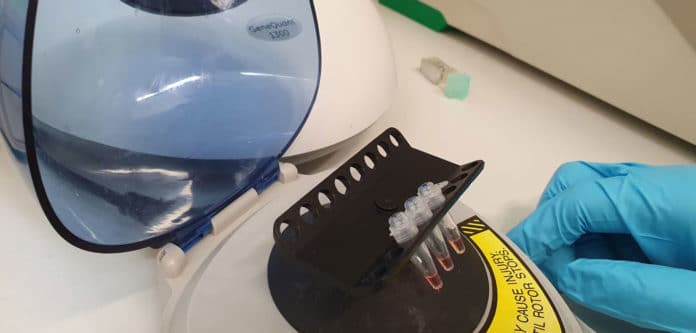Rapid testing technology has been developed for the novel coronavirus SARS-CoV-2 (COVID-19) by the scientists from the University of Oxford’s Engineering Science Department and the Oxford Suzhou Centre for Advanced Research (OSCAR). As it dubbed, the test is much faster and does not need a complicated instrument.
Unlike previous viral RNA tests, this new test is based on a technique that is capable of giving results in just half an hour.
What’s more, it is quite sensitive and can identify patients in the early stages of infection. Thus, it holds the potential to reduce the spread of the coronavirus SARS-CoV-2 (COVID-19).
This new test requires a simple heat-block which maintains a constant temperature for RNA reverse transcription and DNA amplification, and the naked eye can read the results. This makes it potentially useful in rural area or community healthcare centers.
Prof. Zhanfeng Cui, the Director of OSCAR, says: “I am proud of our team that has developed a useful technology and can make a contribution in combating CoV-19, and we are very grateful to the hospital’s medical team led by Dr. Xizhou Sun, Dr. Xiuming Zhang and Dr. Dan Xiong for their part in testing this new technology.”
Scientists validated the technology with real clinical samples at Shenzhen Luohou People’s Hospital in China. Shenzhen Luohu People’s Hospital has applied the rapid detection kits on 16 clinic samples, including eight positives and eight negatives, which have been confirmed by conventional RT-PCR methods and other clinical evidence. The test results using the rapid detection kits were all successful.
Scientists are now working to develop an integrated device so that the test can be used at clinics, airports, or even for home use.
Oxford Suzhou Centre initiated the project for Advanced Research (OSCAR), a University of Oxford center in Suzhou Industrial Park. The experiments to develop the technology were performed in the Department of Engineering Science at the University of Oxford.
